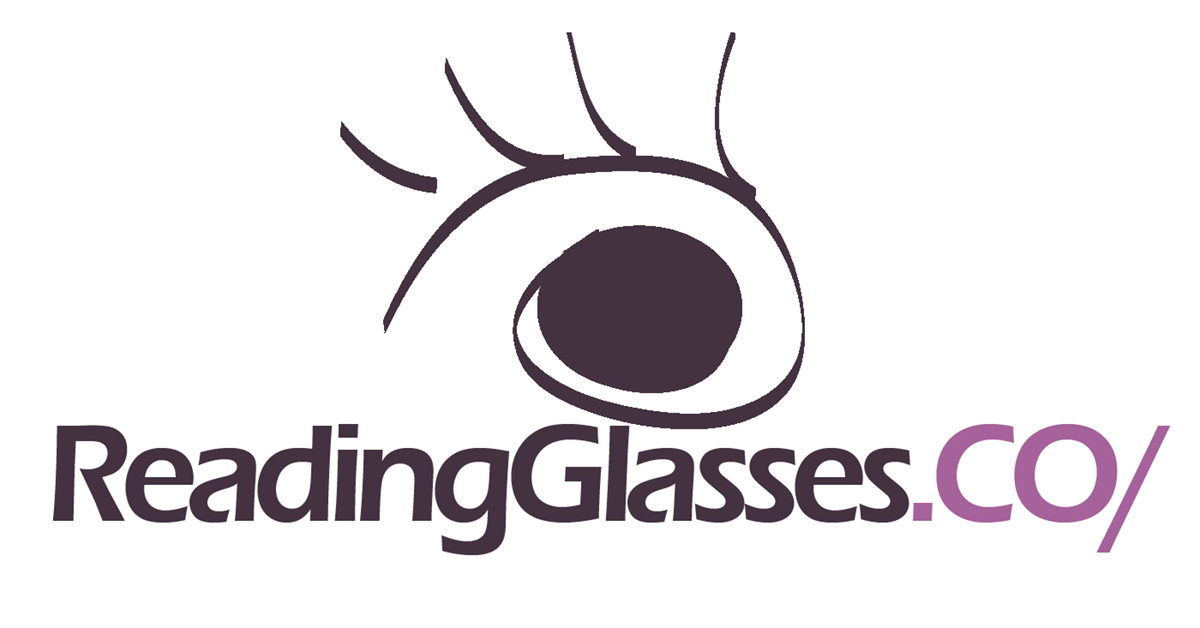Diopter. What does it mean? — ReadingGlasses.CO/
Civilizations have used lenses since the Middle Ages, even if they did not completely comprehend the science of optics. People in the Middle Ages, in fact, started to employ framed lenses to improve their vision, the way we use frames for our eyeglass lenses.

Many people nowadays are aware of the relationship between lenses and light refraction. But the phenomenon of light refraction did not become a scientific discipline until the 17th century, thanks to the work of scientist Willebrord Snell. Only in the latter half of the twentieth century did Einstein and other scientists clarify theories about light and optical systems became well understood.
Your vision and diopter strength
People can see because their eyes bend light. At about 40 years old, when the human eye's light-bending ability weakens and is no longer able to produce clear vision, the light-refracting properties of lenses are utilized to supplement the human eye's lost elasticity. But how much refraction of light is required to compensate for deteriorating vision due to the eye's reduced ability to focus?
The focal length of a lens determines its capacity to bend light. The lens' capacity to bend light is stronger when the focal length is shorter. Also, if the focal length is larger, the lens will refract less light. When it comes to reading glasses, the focal length of the lens is crucial. The magnifying power of a lens with a focal length of 1 meter (approximately 40 inches) is reported as 1 diopter. The term "diopter" refers to the optical power unit, just as "meter" refers to the distance unit.
The average human eye has a 40 diopter optical power (about 1.574 inches or 131 feet). The human eye is a complex optical system that can shift its focus by 20 diopters nearer or farther on the fly. Accommodation refers to the ability of the human eye to alter its focus.
Unfortunately, the human eye's accommodation ability may decrease over time, despite its sophistication, due to presbyopia. Presbyopia, the disorder for which we wear reading glasses, is a condition characterized by a severe impairment of the eye's accommodation. A person over the age of 25 can usually only accommodate by ten diopters. A person over the age of 50 can usually only adjust by one diopter. People wear reading glasses to compensate for declining optical power (increasing presbyopia) to maintain clear vision.
Calculating the right diopter strength for your reading glasses
Reading glasses refract light in a manner that enables a user to see clearly.
Remember, the optical power of reading glasses is also expressed as diopters. If a specific pair of reading glasses has a diopter of +2.00, it means that the lenses can refract light to focus on objects that are ½ meter (about 20 inches) away. If the diopter strength is +3.00, the lenses can refract light and focus on objects that are 1/3 meter (about 1 foot) away. The higher the value of the diopter strength, the closer the focus of the lens.
The ability of the eye to accommodate normally deteriorates throughout time. As a result, the eye will eventually require reading glasses with lenses of varying strengths. The optical power of reading glasses lenses vary in modest increments to fit the needs of the human eye. The diopter strengths range from +1.00 to +3.00, with +1.25, +1.50, +1.75, and so on. Reading glasses with a diopter strength of +1.25 are recommended for people in their 40s. Diopter strengths of +2.50 and higher are used by people in their 50s.
To determine which diopter strength is best for you, you can check the needs of your eyes by using the eye test chart found at https://readingglasses.co/pages/eye-test. Read the instructions closely. Proper use of the chart will result in finding the exact diopter magnification you need.
IMPORTANT: Eye care professionals assert the diopter strength for computer or "blue light" glasses generally require 1/2 the magnification as reading glasses.
Need computer glasses? Here ya go:
The material provided on this site is for informational purposes only. It is not meant to replace the advice of your eye care professional. Have your eyes examined regularly and always follow your eye care professional's instructions. If you experience any pain, discomfort, or visual distortion, consult your eye care professional immediately.

